wyogirl
Oh crop!
- Joined
- Jun 18, 2013
- Messages
- 1,593
- Reaction score
- 611
- Location
- South West Wyoming
- Can others edit my Photos
- Photos OK to edit
It sounds like a stupid question...I know this. But, we have a spare bathroom that we NEVER use. I was all ready to set up my dark room for black and white developing in there, when I realized it doesn't have an exhaust fan. Is B/W chemestry really caustic? Will I die?




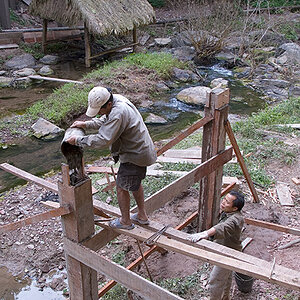
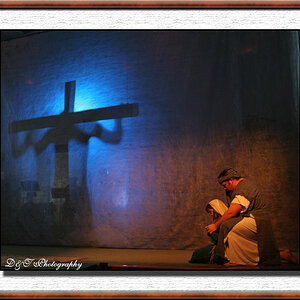
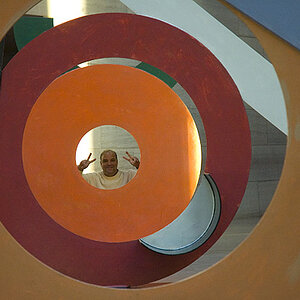

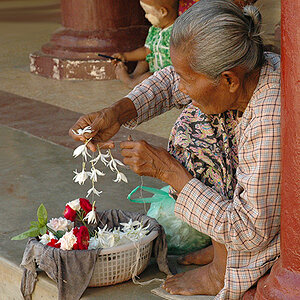
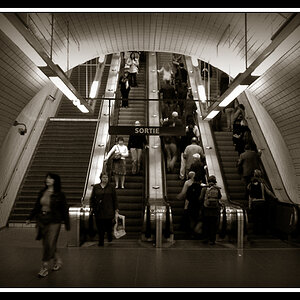

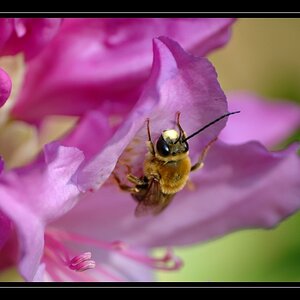

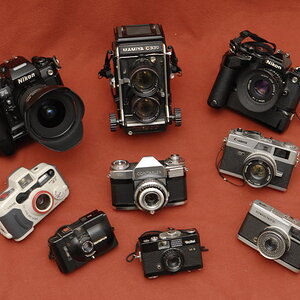
![[No title]](/data/xfmg/thumbnail/31/31013-b871f1d295c83b831c1423028e1ce5dc.jpg?1619734568)
